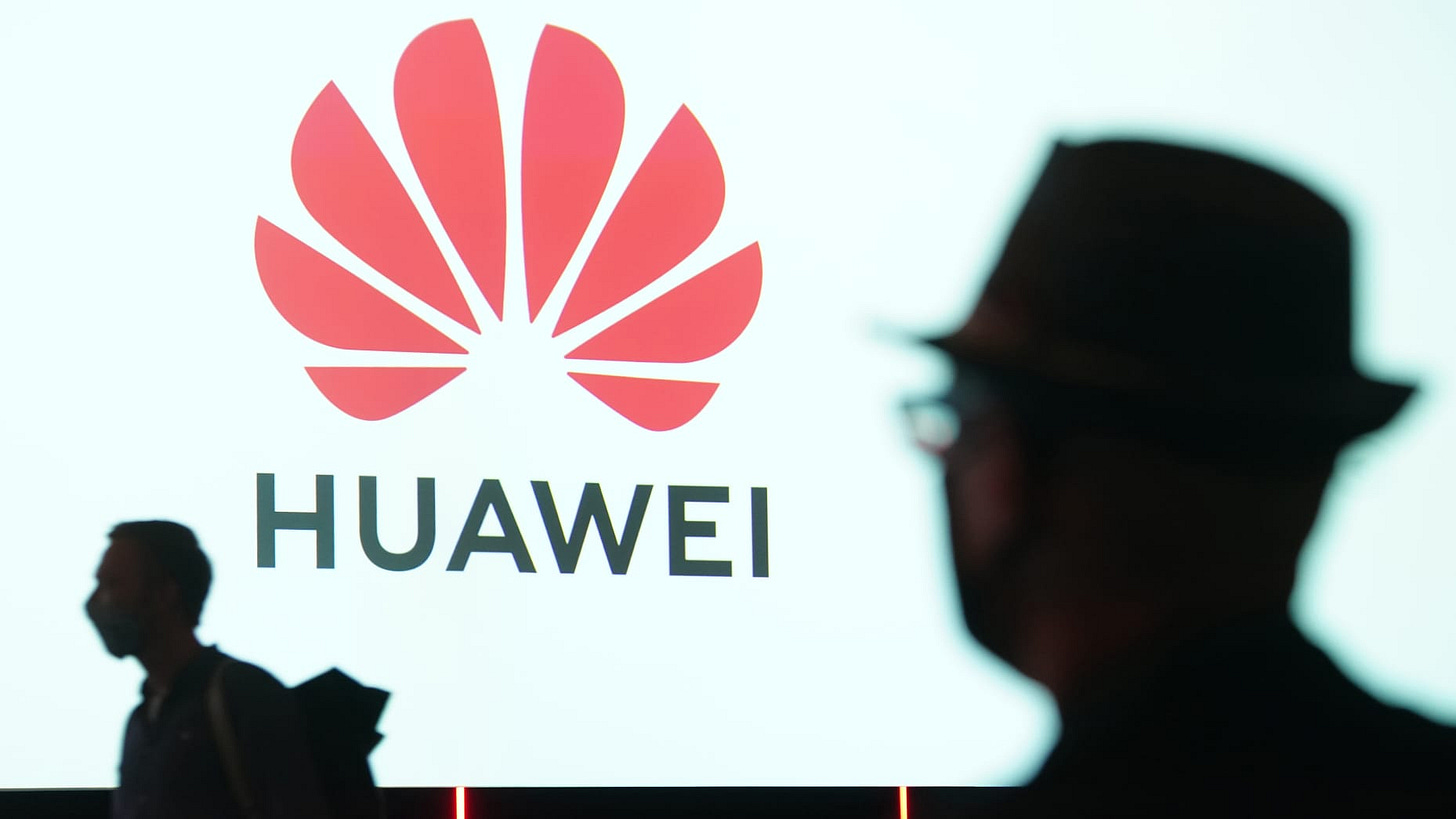Huawei and SMIC gain as U.S. Chip Export Controls tighten
Ascend 910D coming in May, 2025, may compete favorably with H100.
Good Morning,
I’ve been thinking a lot again about the efficacy of U.S. export controls around AI chips to China. Requiring Nvidia’s H20s to have a license is almost like funding China’s SMIC and Huawei duo to accelerate their own chip development.
China’s Huawei Technologies is preparing to test its newest and most powerful artificial intelligence (AI) processor as a replacement for Nvidia’s H20s chip.
Nvidia said in mid April that it will take a quarterly charge of about $5.5 billion tied to exporting H20 graphics processing units to China and other destinations. China of course wants a home grown AI chip to replace it and Huawei has approached some Chinese tech companies about testing the technical feasibility of the new chip, called the Ascend 910D.
According to the recent WSJ report, the OEM is reaching major Chinese tech firms to analyze the technical value of the Ascend 910D, before bringing it to the real world. Huawei reportedly plans to begin mass shipments of its 910C AI chip to Chinese customers as early as May, 2025 according to Reuters. This won’t just impact Nvidia sales in China, but China’s own capabilities of becoming more self-reliant in the AI chip sector.
On April 9, the U.S. government told Nvidia it would require a license to export the chips to China and a handful of other countries and the consequences are likely that China has no choice but to accelerate their own SMIC and Huawei efforts, the most capable duo currently in China’s AI semiconductor chip industry.
Is Huawei’s Ascend 910D a game changer?
There are some reports that insinuate people related to the matter say that Huawei sees the new AI chip as more powerful than Nvidia’s H100 and could start sending its first batch of samples by late May. How could that be?
For China having a H100 competitor (a chip competitive in 2024) would be a huge achievement. The Ascend 910D is itself designed to outperform Nvidia’s H100 chip, which has been banned from sale in China since 2022 due to US government export controls targeting China’s technological advancements, particularly in military applications.
For China having a home-grown chip instead of relying on Nvidia’s products, which it has already stockpiled in previous years and through various backdoor foreign entities (Singapore, Malaysia, etc…) is a matter of national security.
Keep reading with a 7-day free trial
Subscribe to Semiconductor Reports ™ to keep reading this post and get 7 days of free access to the full post archives.



